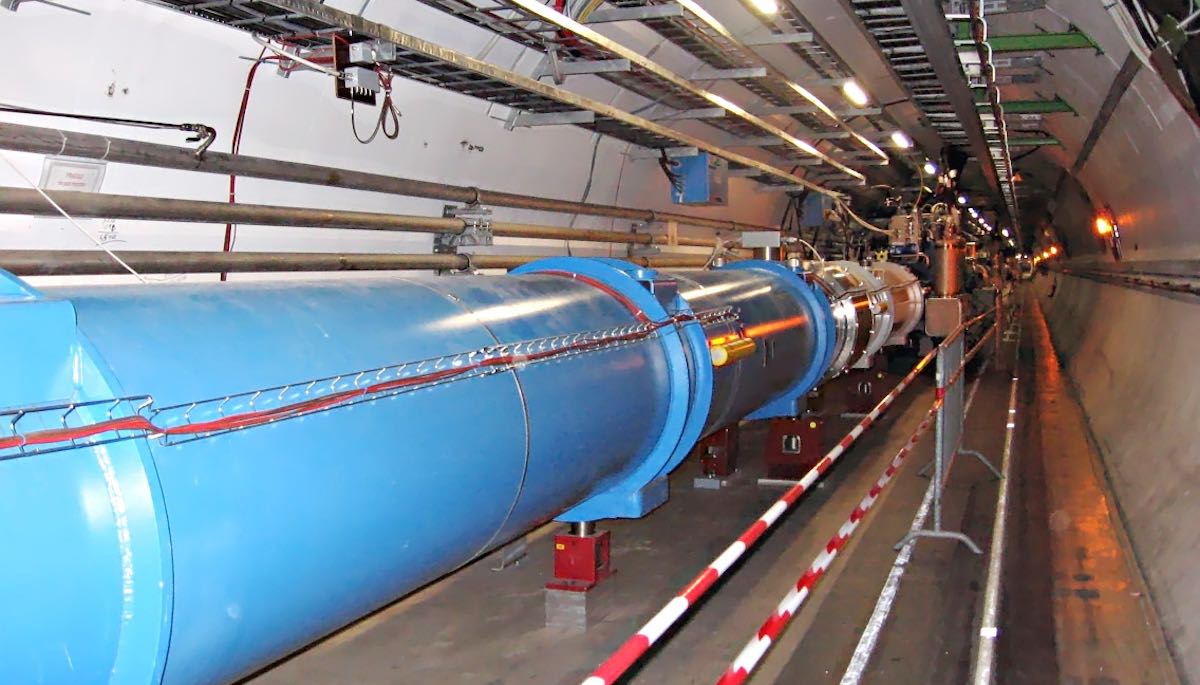
The Large Hadron Collider is carrying out experiments again after being shut for over two years while upgrades and repairs were carried out.
The 16-mile long underground facility under the French-Swiss border is now even more powerful than before — producing 13 teraelectronvolts (TeV) compared to the seven teraelectronvolts it was capable of when it first carried out experiments.
The European Organization for Nuclear Research (CERN), who ran a live blog as events unfolded, said:This marks the start of Season 2 at the LHC, opening the way to new discoveries. The LHC will now run round the clock for the next three years.
When it is at full power the Large Hadron Collider will be able to carry out up to 1 billion particle collisions per second in a bid to try and find out more about how the universe works and is held together.
The facility was declared up and running again at 10.40am today (Wednesday June 3) when scientists confirmed there were “stable beams” in the tunnel, which lies like a giant donut under the ground.
The beams are made up of groups of protons which travel around the tunnel at close to the speed of light and are used to smash particles together.
CERN Director-General Rolf Heuer told staff after the successful restart that they had carried out a “fantastic achievement”. He added: “I am touched. I hope you are also touched. I think it’s fantastic. And now time for new physics! Great work!”
The collider has been shut for 24 months while maintenance, repairs and upgrades were carried out.
In July 2012 scientists with the Large Hadron Collider’s ATLAS and CMS experiments confirmed they had discovered the existence of a new particle with a mass of around 126 GeV, consistent with that of the Higgs boson, or so-called ‘God particle’.